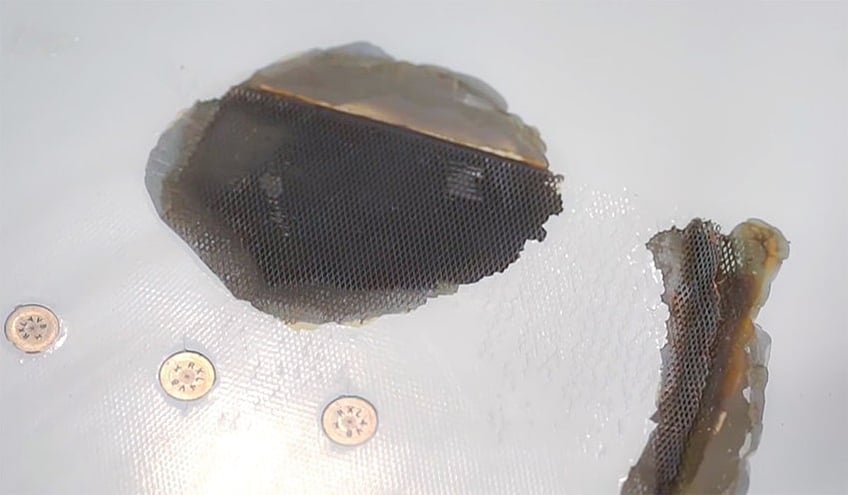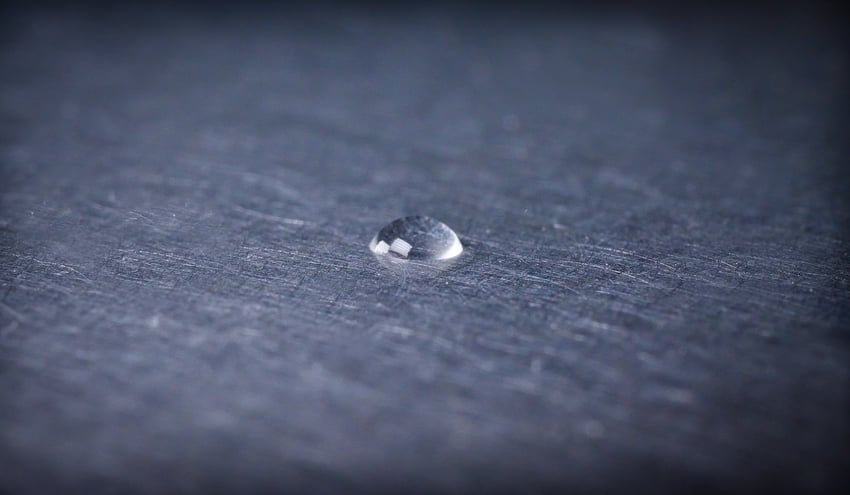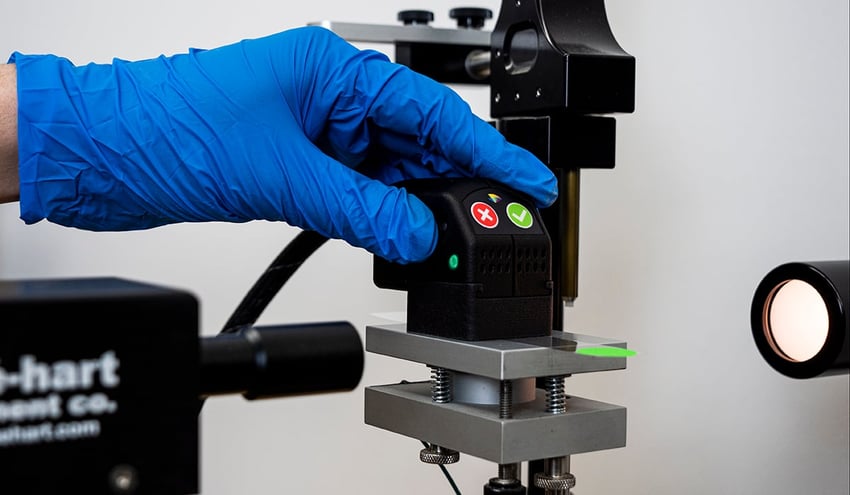Historically, accurately measuring contact angles on concave and convex surfaces has been a challenge. The typical method used to measure contact angle on these types of surfaces has been with a benchtop goniometer. The challenges arise from how goniometers measure contact angle—from a horizontal view. A concave material prevents a clear visual of the horizon line needed to determine the contact angle. Because of this, the closest a user could get to measuring contact angle on a concave surface was to use a flat coupon (sample) of the same material and hope that the actual material surface has the same surface quality as the sample. While this would offer insight into the material's surface energy, it would not be exact because it wouldn't be the actual part of manufacturing.
A Unique Design to Measure Contact Angle on Parts with Complex Shapes
The reality is that manufacturers produce complex products that involve a large variety of material types, shapes, and sizes. An innovative approach needed to be developed for contact angle to be a reliable method to determine surface quality.
The Surface Analyst™ has been designed to precisely measure contact angle on these complex surfaces: vertical, horizontal, up-side-down, smooth, rough, and mirrored. Examples include validating coatings on optical lenses, packaging cylinders, verification of coatings on automobile headlights, cleanliness checks inside industrial processing tanks, and many more. Our custom-made inspection attachments, fixtures, and Quality Check Stations provide the stability needed to ensure surface quality inspections are as fast, easy, and accurate as possible, without exception.
Rethink your adhesion manufacturing processes with Surface Intelligence.
Watch the Surface Analyst in Action
Take a look at this video, which demonstrates how the Surface Analyst measures contact angle on these material surfaces.
Do you have a current or an upcoming project that could use surface quality validation via contact angle? Check out the custom solutions that the Surface Analyst provides that allow manufacturers to control the challenges that come with complex-shaped products and surfaces.
Struggling with adhesion failures? Been there. Solved that.
Learn how you can utilize contact angles in the development of new products to control supply chain issues and monitor manufacturing processes. Read the eBook "What is Contact Angle? Bridging the Gap: How Contact Angle Insights Drive Manufacturing & Supply Chain Insights."

























